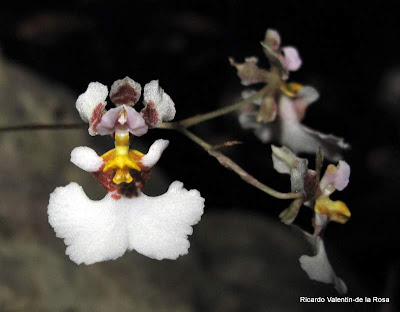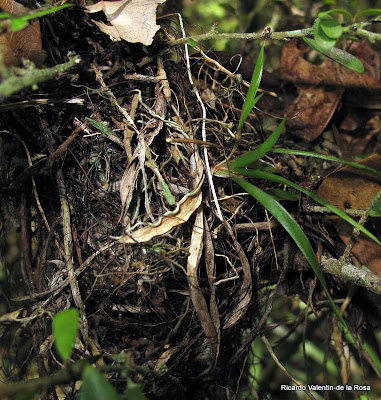
These are cave pearls from a cave in the Island of Mona, a small island about fifty miles to the west of the Island of Puerto Rico. Mona Island is composed of a huge slab of limestone that rose from the sea about a million years ago. There are two types of limestone in Mona Island, caliza lirio, the top layer, is relatively easily dissolved by rain water, the bottom layer is dolomite which is harder and resists dissolucion by rain much better. In the boundary between the two layers of limestone you get enormous caves which can have hundred of thousands of square meters of interior space. The easiest caves to access are all around the coast of the island. Almost all were severely altered by man early last century to extract huge quantities of guano that were deposited in the caves in the past. The caves in Mona Island are laberinthic with many side passages and cavities going in all directions and interconnecting in all sort of ways. They are full of a large variety of stalagmites and other speleothems, some of which seem to defy gravity. Cave pealrs can be found in large numbers in some of the caves but they are rarely as white and pristine as these ones. As you can see they are not necessarily round, they can be square, triangular and irregularly polyhedral. From the empty niches you can tell that some have been taken away from the cave. These pearls have no commercial value and are best enjoyed in their natural setting. Hopefully these ones are still in the cave where I saw them.






























































